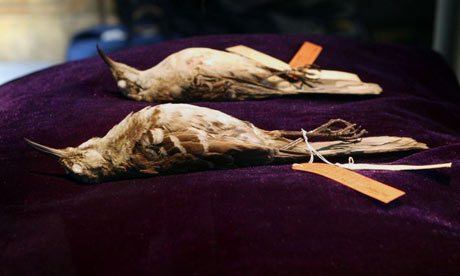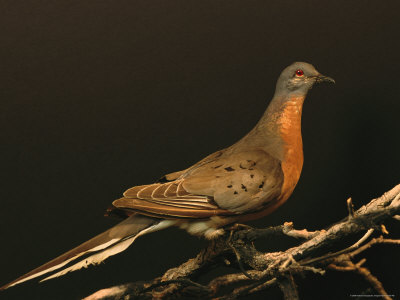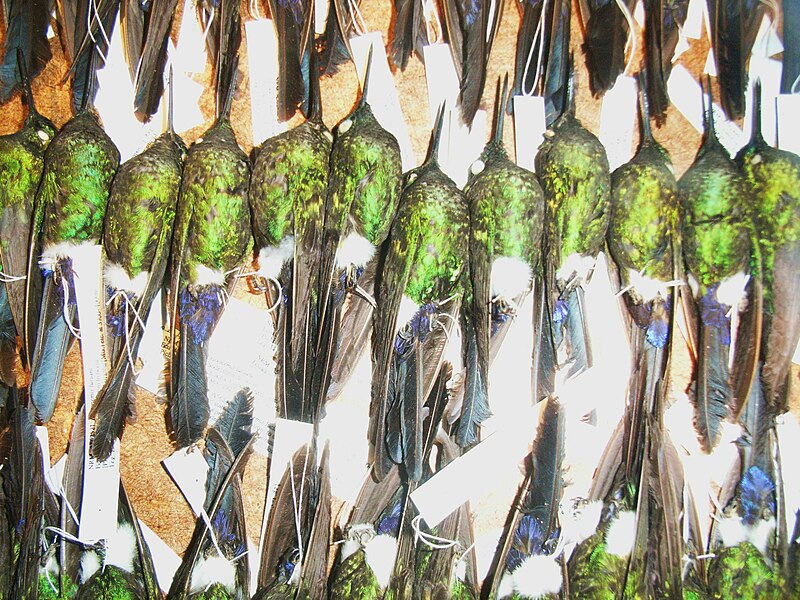Friday, September 5, 2014
Prey Taxidermy
I ran into Allis Markham of Prey Taxidermy on Instagram because of the @taxidermybabes feed (which is awesome). I was immediately struck by the fact that she is living my dream. She works for the Los Angeles Natural History Museum doing taxidermy work and works with Tim Bovard (Master Taxidermist). I was in awe. Her Instagram feed is absolutely amazing as well (@allis) I sent her a message hoping that I'd get some of my questions answered, and, after a few days, I got back the most wonderfully detailed email from her. Every interaction with her has been absolutely amazing and she is just wonderful.
In an article recently written by Lauren Herstik for the LA Weekly, the importance of museums in preserving history is called to attention, "...The Natural History Museum itself plays a crucial role in preserving taxidermy. Museums are the only place where practitioners have the opportunity to work on most specimens; as employees of a public institution, museum taxidermists are exempt from laws restricting the sale, trade and possession of endangered and protected species. The complex regulations include the Migratory Birds Treaty of 1918, which restricts the "taking" of wild birds, criminalizing the whole pursuit all the way down to being in possession of a feather."
Tim Bovard goes on to explain how taxidermy has changed so much in the past century. "The Natural History Museum of Los Angeles County is unique among its peers in that it's the only such museum in the country with a full-time taxidermist on its payroll. "No other institution that started building dioramas in the '20s has continuously had diorama people on staff."
I am so excited to meet the both of them in the coming months. It's been my dream since I was a child staring up at the Tyrannosaurus and Triceratops fighting in the main entry way to get a tour of the museum from those who work there.
The whole article can be found here.
Monday, September 1, 2014
Taxidermy + Why It's Important
If you've been following my Instagram feed for a long time (iseegodinbirds_) you know that I've been a taxidermy apprentice for nearly six months now. Taxidermy is slowly coming back into the mainstream, and it's good to see that it is. For a long time, it was very controversial. Many museums were looked down upon for having extensive taxidermy halls on display and many of them took much of it down in order to appease the public.
I want to work in a museum as a curator or preparator one day, and I can tell you exactly why taxidermy is one of the most important things to a museum. It is not about having the biggest collection anymore. The days of having thousands of the same birds in one museum is gone. What is not gone is the need for different samples in genetic variation and the ability to see slight, wonderful evolutionary shifts over time. Darwin's Finches, but more importantly his mockingbirds, showed how birds evolved to fit their environments. By taking specimens back to England, it allowed him to really look into what these animals were specialized for.
 |
| Via |
 |
| Via |
"Extinction is a different kind of death. It's bigger..." -Steward Brand
Another great example is extinction within the Holocene, or modern, era. Human beings have been such a destructive force in the world, and we have had a role in wiping certain animals off of the face of the planet. Here's a list of a few examples:
- the Dodo Bird
- the Thylacine or Tasmanian Tiger
- the Passenger Pigeon
- the Great Auk
- the Quagga
- the Moa
- the Falkland Island Wolf
- the Zanzibar Leopard
- the Caribbean Monk Seal
- the Carolina Parakeet
- the Atlas Bear
- the Toolache Wallaby
- the Sea Mink
- the Bubal Hartebeest
- the Stellar's Sea Cow
 | ||
| Thylacine skull, and skinned head via |
 | ||
| Taxidermied thylacine- source unknown |
 | |
| Taxidermied Great Auk, via |
 |
| Passenger Pigeon, source unknown |
 |
| Quagga mare and foal, via |
Here's a really great TED talk by the aforementioned Steward Brand on what they're doing to bring back the Passenger Pigeon.
Wander-full: Red Rock Canyon's First Creek Trail
Happy Labor Day, everyone! I was one of the lucky people that had both school + work off today and I chose to spend it outside adventuring with one of my very favorite people and my wonderful dog, Ivy. Today we hiked First Creek Trail, which is a fantastic hike to do that is right outside of the Red Rock Conservation Area in Las Vegas. This hike is super easy, and is really good for kids.
Advice:
The trail to the little grotto is not clearly marked, and Bird and Hike has a fantastic explanation for what to look for when you're on the trail to get there.
We saw tons of little fish, tadpoles of California Tree Frogs, water spiders, water fleas, and crayfish in the pool. It was still deep in the middle of summer, but it can get extremely flooded in the spring and be an even better treat. I'm sure I'll be heading back down there when it's a bit colder and Ivy can handle it better.
Total Distance: ~1.5 miles
Rating: Easy
Advice:
- Bring water- it's a desert out there! I know you're going to go to some falls, but even at 100 degrees today the hike felt strenuous (especially for Ivy) at times. She needed a few breaks to make it here with all of that fur she has.
- Bring sunblock! Skin cancer is no joke and the sun in the Las Vegas valley is crazy.
- DO NOT hike this if you think there is a flash flood possible. This trail does have some pretty steep areas when you're getting into the grotto, so it's best to stay out if there's a warning about fast moving water.
The trail to the little grotto is not clearly marked, and Bird and Hike has a fantastic explanation for what to look for when you're on the trail to get there.
We saw tons of little fish, tadpoles of California Tree Frogs, water spiders, water fleas, and crayfish in the pool. It was still deep in the middle of summer, but it can get extremely flooded in the spring and be an even better treat. I'm sure I'll be heading back down there when it's a bit colder and Ivy can handle it better.
Total Distance: ~1.5 miles
Rating: Easy
Subscribe to:
Posts (Atom)



